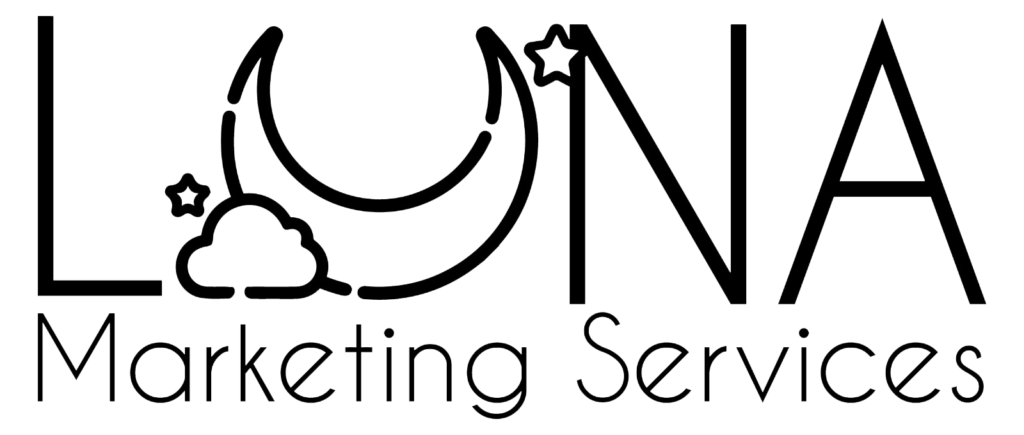
We all have been at the other end of marketing emails. Either warm or cold emails, we all have someone constantly hitting our inbox with messages about their products or services – and who knows, if you are like me, you might have an email that you use for everything, so all those marketing emails go there – and while most mortals might get annoyed with those emails, email marketing is an art and science… and maybe a bit of luck and magic.
What is Email Marketing?
In very simple words, email marketing is nothing but a business or individual sending you emails for business purposes. While we usually understand email marketing as those massive campaigns that go to hundreds or thousands of people, in reality, every email you send to a potential or existing client can be considered email marketing.
If your email has any branding or business purpose, it will be considered email marketing.
Cold Emails and Warm Emails are ALL Email Marketing
We can divide email marketing into two sections: cold and warm outreach. The main difference between them comes from WHERE the contact is coming from.
Searching an email or contact on the internet or any database and contacting them without them previously knowing you or showing any interest is a cold contact. On the other hand, if the contact is the one who reaches out either by doing business with you, showing interest, or providing you with their contact information via a funnel or offer, they are considered warm leads as they know you and your business to a certain degree.
Cold and warm emails can be really powerful in their own way.
A Look Into Cold Leads
A lot of marketers – and people in general – tend to see cold leads as a challenge. Dealing with cold leads is not easy, considering cold leads have lower open and response rates; however, they can be valuable when used appropriately.
Since cold leads are individuals or businesses with whom you have no prior connection, the initial message becomes more crucial than the others. Cold email campaigns can yield impressive results and expand your reach, but they are a numbers/luck game.
Cold leads may initially seem distant, but a well-crafted email strategy rooted in research, personalization, and trust-building, can open doors to valuable connections and opportunities. The goal here is to broaden your audience and reach new landscapes.
A Look Into Warm Leads
Warm leads, on the other hand, are everyone’s favorite: they represent a more receptive audience as they know you – one way or another – and have willingly provided authorization for you to reach out to them. They have already expressed interest in your offerings by either doing business with you, interacting via different platforms, or providing their contact information through a funnel or offer. Exploring warm leads involves leveraging existing connections and nurturing relationships.
Warm leads come with a built-in advantage – they are already familiar with your brand to some extent, which means you can reference past interactions and have a more personalized approach. Usually, the goal of your warm outreach is to nurture the existing relationships with your leads.
Cold vs. Warm Leads
Now that we have an understanding of cold and warm leads, let’s explore the PROS and CONS of each audience:
Cold Leads:
Pros:
- Broad Outreach: No more just messaging the same four friends! Cold leads allow you to expand your reach to individuals or businesses you haven’t previously connected with.
- Fresh Opportunities: In real life, meeting new people is an opportunity. Cold leads represent opportunities for discovering new markets and potential clients.
- Adaptability: Cold email campaigns can be adapted and refined based on continuous testing and feedback.
Cons:
- Initial Skepticism: Have you ever been approached by a stranger on the street? Did you trust them? Humans tend to not trust strangers at first. Cold leads require extra effort to build trust.
- Regulatory Compliance: Strict adherence to privacy regulations is essential to avoid legal issues and maintain a positive reputation.
- Variable Response Rates: Response rates with cold leads can be variable, and success may require a lot of persistence and optimization.
Warm Leads:
Pros:
- Built-In Trust: Usually, those who know you tend to trust you. Warm leads already have a level of trust established, making them more receptive to your communications.
- Higher Conversion Potential: Someone who knows you – or even better has done business with you before – is more likely to convert than those who have never heard from you.
- Personalization Opportunities: Previous interactions provide opportunities for personalized and targeted communications.
Cons:
- Limited Reach: Warm leads are limited to individuals or businesses already in your network, potentially limiting the scope of outreach.
- Dependency on Previous Engagement: Success with warm leads depends on the quality and depth of previous engagements.
- Risk of Over-Communication: There’s a risk of over-communicating and potentially alienating warm leads if not approached strategically.
Which Approach is Right For Me?
Deciding between doing cold or warm outreach depends on a lot of factors, including your specific goals and target audience. Most marketers will recommend building an email list – which is indeed a great approach and might convert better – but having a balanced strategy may yield good results too.
Who said you can’t combine both approaches to maximize your outreach and engagement? The possibilities are endless, and, as long as you are smart about your outreach strategy, you can take advantage of both worlds.
Next week we will talk a bit about email marketing regulations – because that is important if you are planning to start your own outreach!
See you next week!





